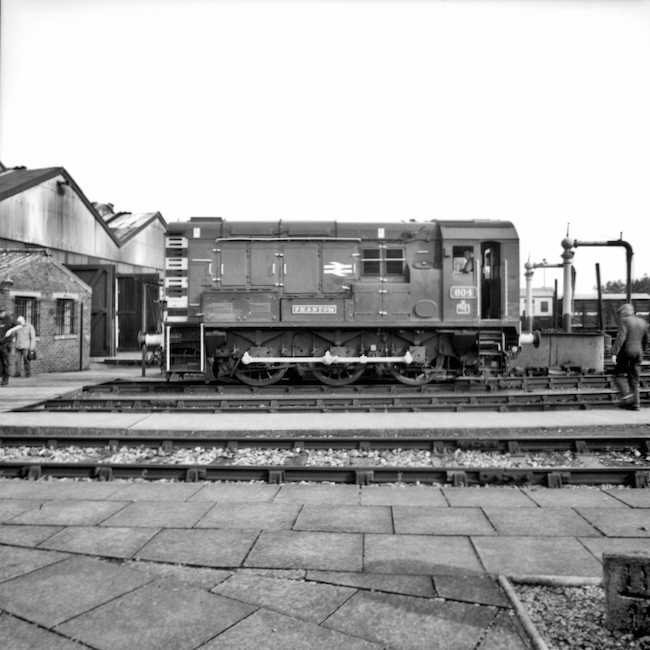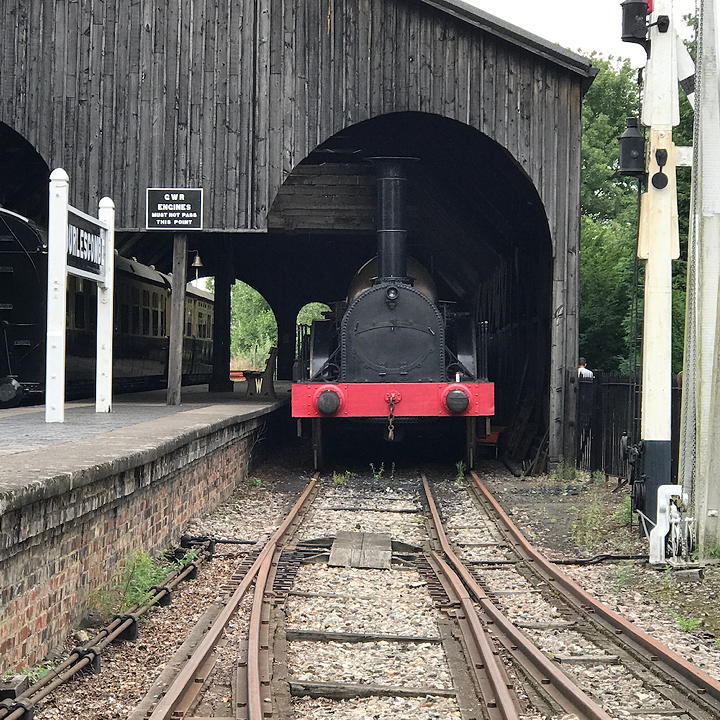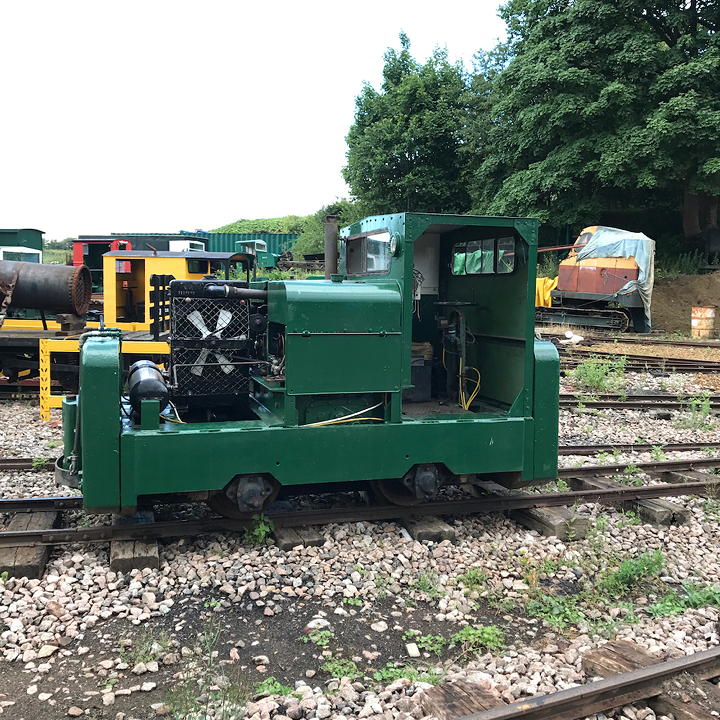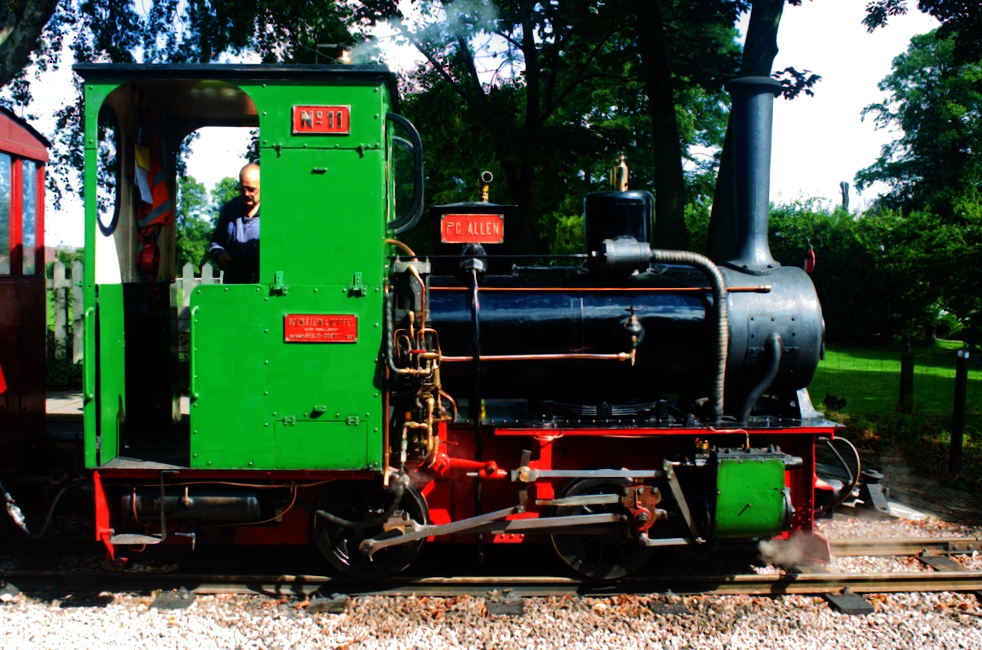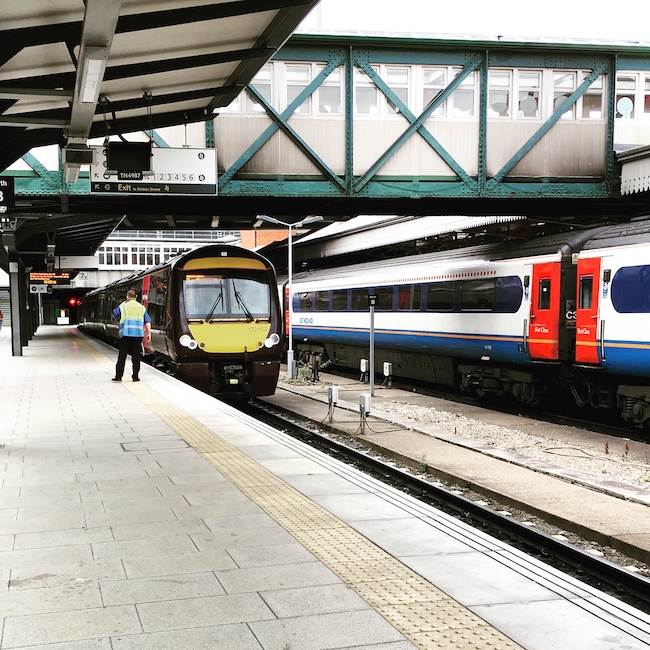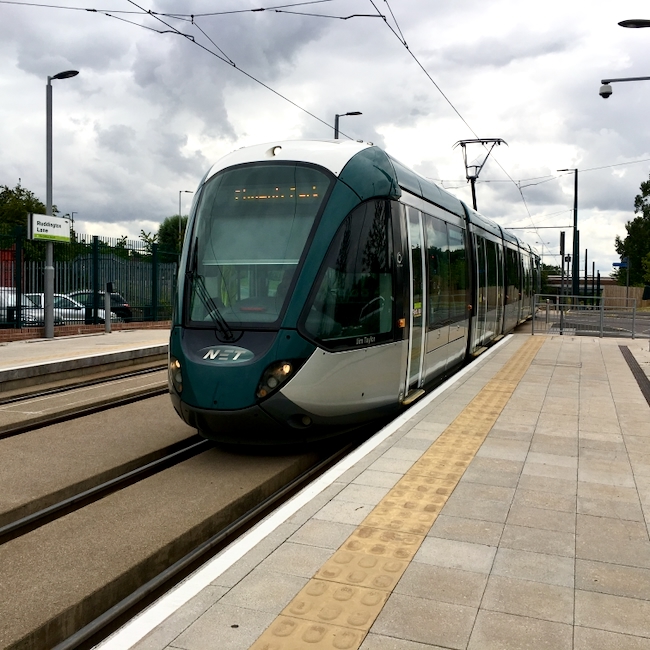Periculum Privatum Utilitas Publica: Private Risk, Public Service - Railway Memories
By Graham K. Rogers
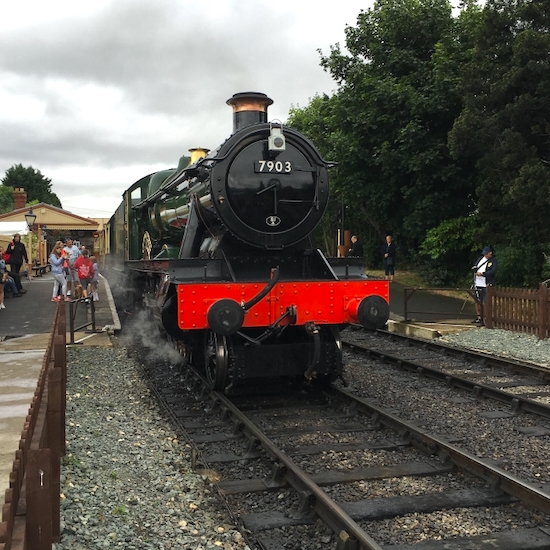
One of my earliest memories is of trains. The railways in Britain were different then. Although metro systems were electrified (4th rail), along with some of the Southern Region (3rd rail), most traction was steam. I was at the home of a relative who lived in government housing high above Camden Cutting.
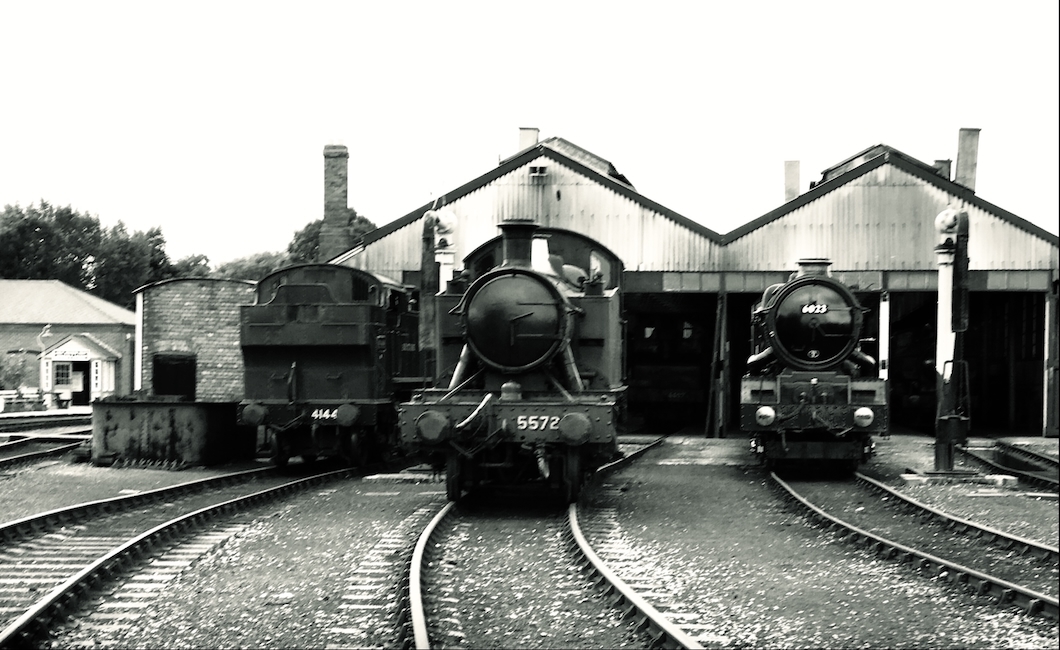
From that vantage point over Camden Cutting, I could see all trains using Euston, from the huge Princess Class locomotives to the small shunting engines that passed by. The pollution was awful. With most homes burning coal as well, this killed thousands of people each year. Each November, the fog would reduce visibility to a meter or two: as thick as pea soup. In 1959 a law was passed and the next year the skies were clear. Plans had also been laid for modernization of the railways.
In Business Girls, John Betjeman mentions the cutting in Stanza 2 as a scene-setting image. . .
Waste pipes chuckle into runnels,
Steam's escaping here and there,
Morning trains through Camden cutting
Shake the Crescent and the Square.
The changes that came to rail were far-reaching. Modernization of locomotives started with diesel trains (locomotives and multiple units) appearing in the early 1960s and later a more widespread electrification. Euston was one of the first main stations built in London (1837). Like Paddington (1854) it was outside the city limits and in the country. I went to the station in 1963 when it was being pulled apart as part of this modernization. Our train was drawn by a steam locomotive to the North, but the gantries for the catenary system were already visible.
The updating of the railways also meant the closing of many lines, although this had been happening to unprofitable railways for many years. I have a video of the first color movie made by Ealing Studios: The Titchfield Thunderbolt. The movie was made in 1949 and depicts the fictional rescue of a branch line, destined for closure, by the local people. Doctor Beeching, Chairman of British Railways was responsible for two reports that changed the railways completely. The first, The Reshaping of British Railways (1963), outlined closure of over 2,000 stations and 8,000 Kms of track. It also put forward the idea of increased containerization. Some lines closed then have since been reopened by enthusiasts. Others have been reopened following identified needs as towns expanded.
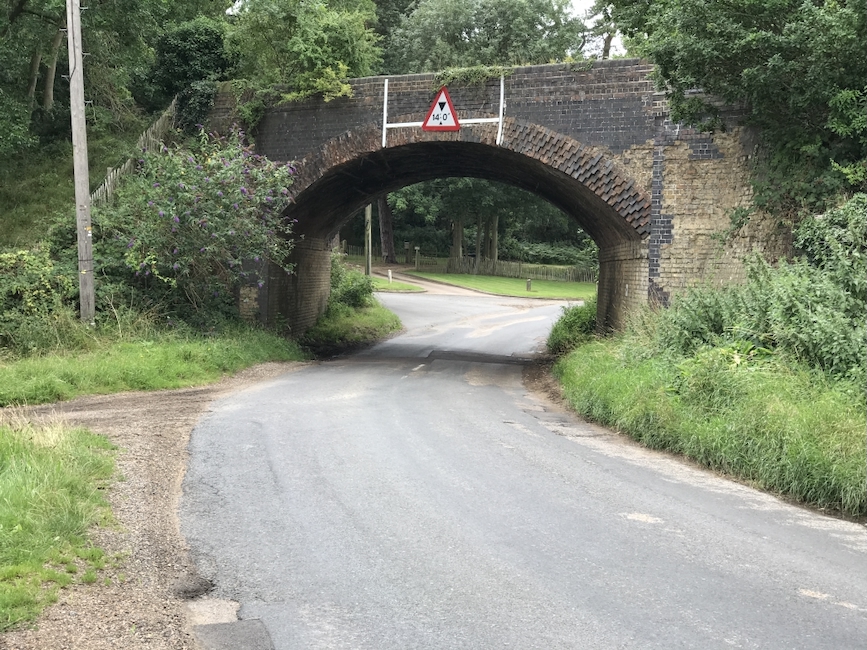
Bridge carrying trackbed of the long-closed Bedford to Hitchin Railway
As a teenager as well as building a model railway at home, I would travel to stations and sheds to look at trains and record their numbers: a train-spotter with a head full of specifications. At that time there were many steam engines in service, although the number of diesel locomotives was increasing. Most of these were diesel-electric: a large diesel motor is connected to a dynamo which generates electrical power to drive the wheels. Some were diesel-hydraulic: the engine drives the wheels through a fluid coupling, like the automatic transmission on a car.
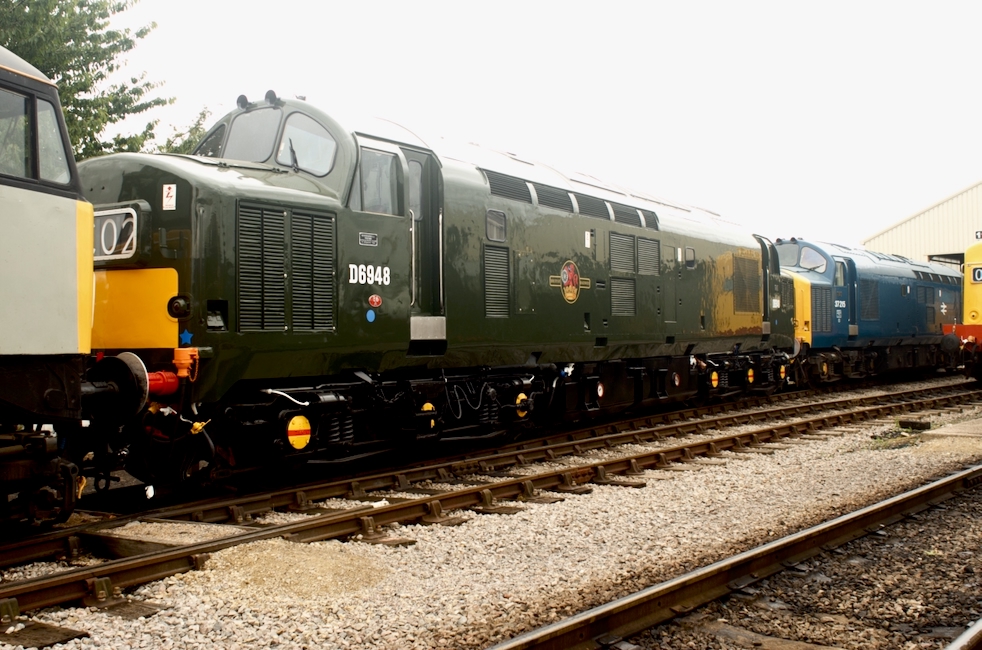
Preserved diesel locomotives at Toddington on the Gloucestershire Warwickshire Steam Railway
Although British Rail was the main organization, the different regions had some autonomy. A variety of diesel types was used, along with unique steam trains that the former rail companies had developed. Some of these were referred to by the name of the chief engineer. On the Southern Region were the unusual Bulleid Pacific class which had unique enclosing bodywork and an unusual wheel design.
Stanier on the London Midland Scottish Region (LMS) was famous for two particular designs: the workmanlike (4-6-0) Black Five which saw service on all regions, and the beautiful Coronation Class. Several of these were painted green, while some were red. Sir Nigel Gresley designed locomotives on the London North Eastern Railway (LNER). Perhaps the most famous were the A4 (4-6-2) locomotives. I was lucky to see one of these, Mallard, which is still the holder of the world record for steam trains at 126.26 mph (202.16 kph). This is now kept at the railway museum in York.
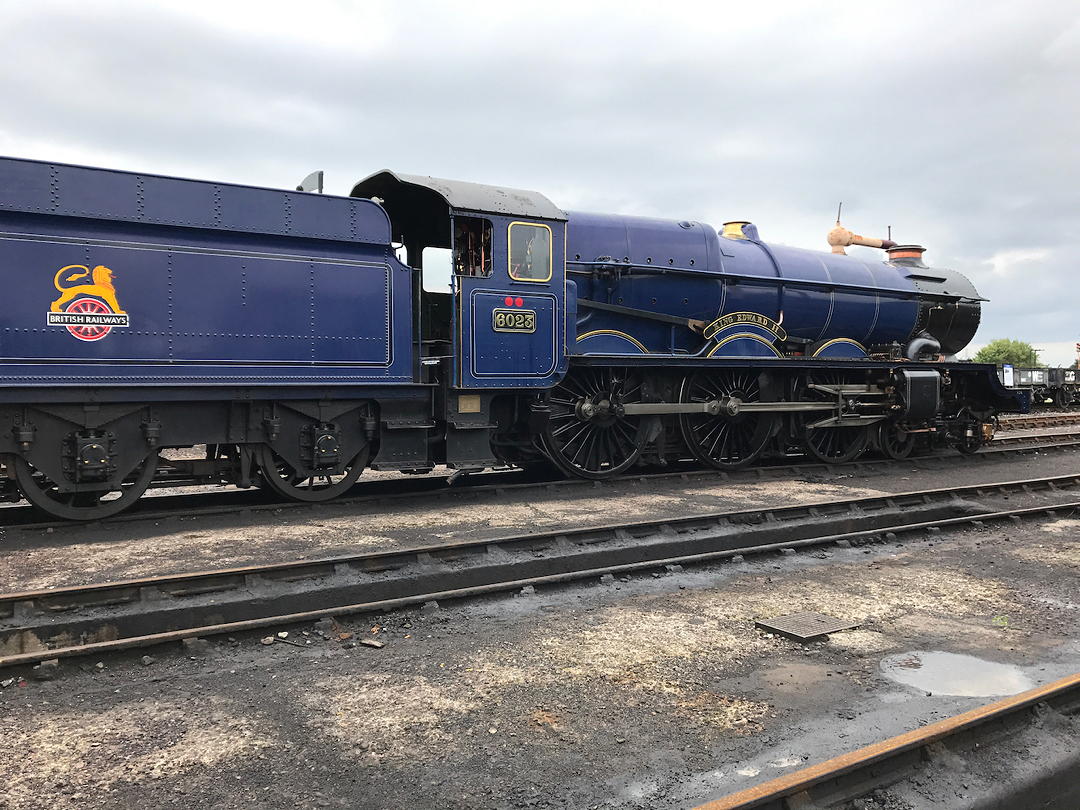
King Edward at Didcot
The Great Western Railway (GWR) was built by the engineer, Isambard Kingdom Brunel and had its own unique style. Initially, while most railways used standard gauge lines (1,435 mm), Brunel opted for broad gauge (2,140 mm). Pressure from other railways and politicians forced the GWR to change to Standard Gauge.
Diesel shunter (left) and broad gauge track with replica locomotive
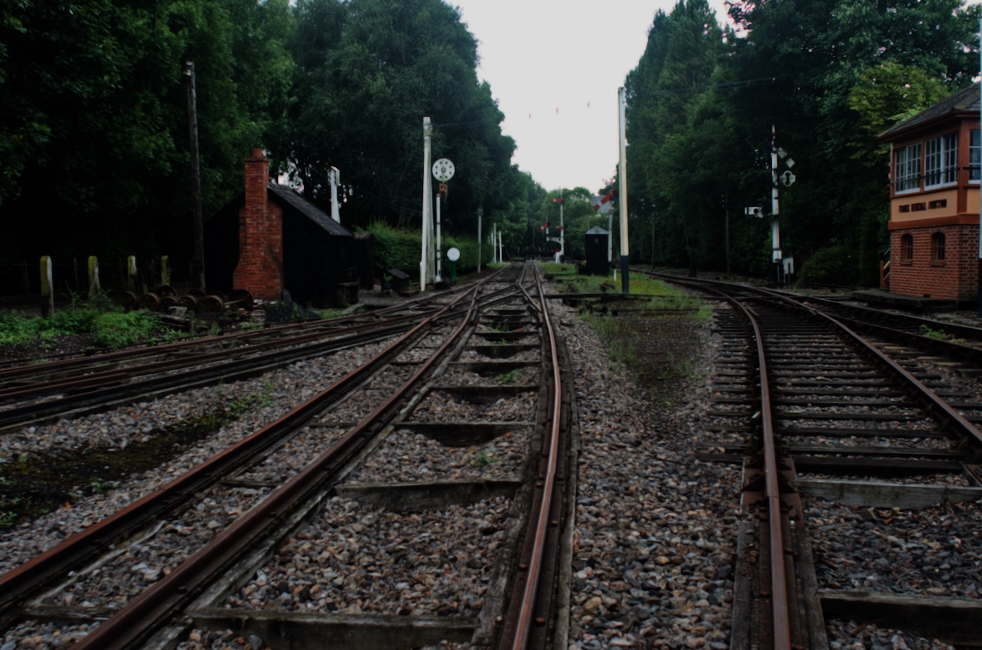
Although other countries have variations of broad gauge installations, currently the only example of broad gauge is at the Didcot Railway Centre. This live museum has a number of special trains, including an early experimental gas turbine locomotive. One of the working exhibits is King Edward, one of the last of the King Class that were used for premium express trains like the Bullied Pacifics, the Stanier Coronation Class and Gresley's A4s.
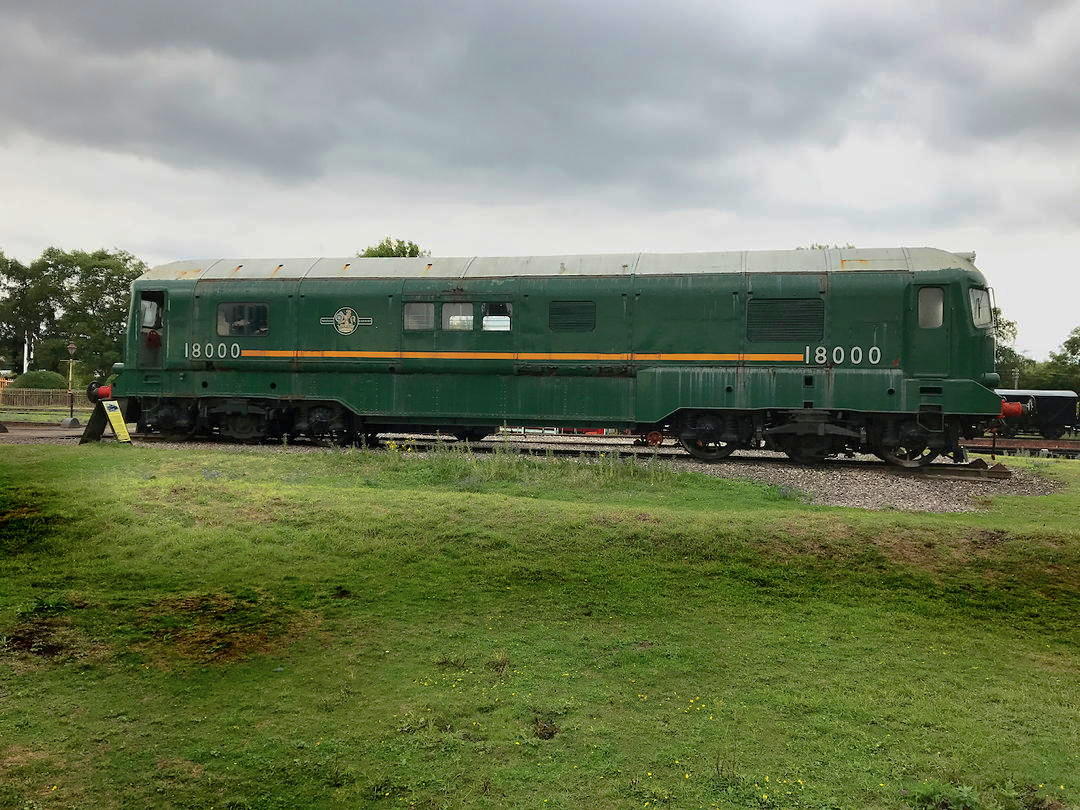
Experimental gas turbine train at Didcot
Most of the steam trains, including King Edward, were sent to a scrap yard in Wales when decommissioned. Instead of cutting them up, Woodham Brothers held on to them: it was easier to scrap the wagons they also bought. When enthusiasts came looking for old locomotives to preserve, they had a good selection at the Barry yard. Out of 297 withdrawn engines, 213 were brought back into service on heritage lines, like the Swanage Railway, the Mid-Hants Railway also called The Watercress Line, the Buckinghamshire Railway Centre at Quainton, which was originally part of the extended Metropolitan Line, the Gloucestershire Warwickshire Steam Railway and many more.
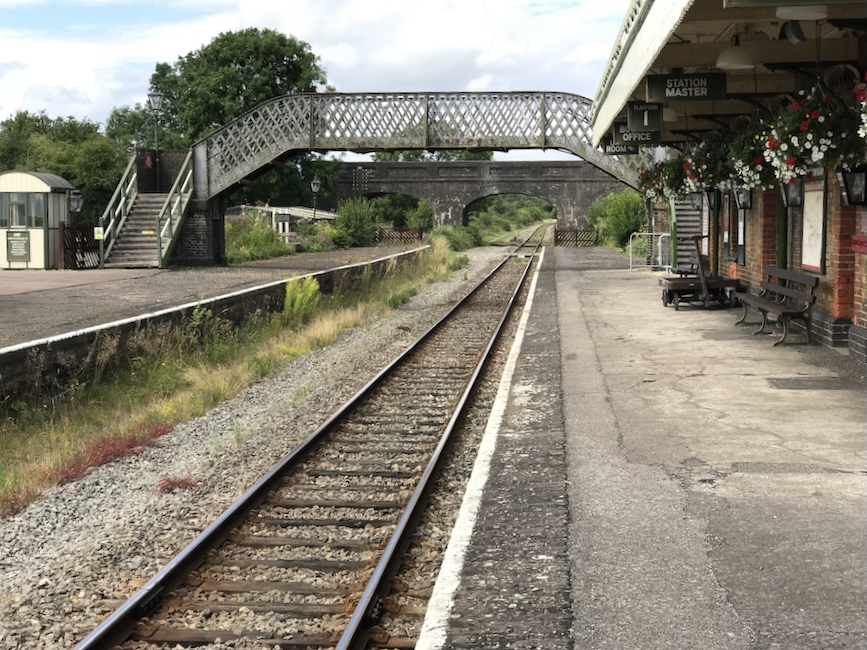
Quainton Road Station - Buckinghamshire Railway Centre
Even the small town my family live in has a preserved railway. The main line runs from Euston to Scotland, and a closed branch line had connected to the LNER, but the town of Leighton Buzzard is known for selling sand to Saudi Arabia. For many years starting after World War One a narrow gauge railway linked the pits where sand was excavated and delivered it to a canal side location from where it was sent onwards.
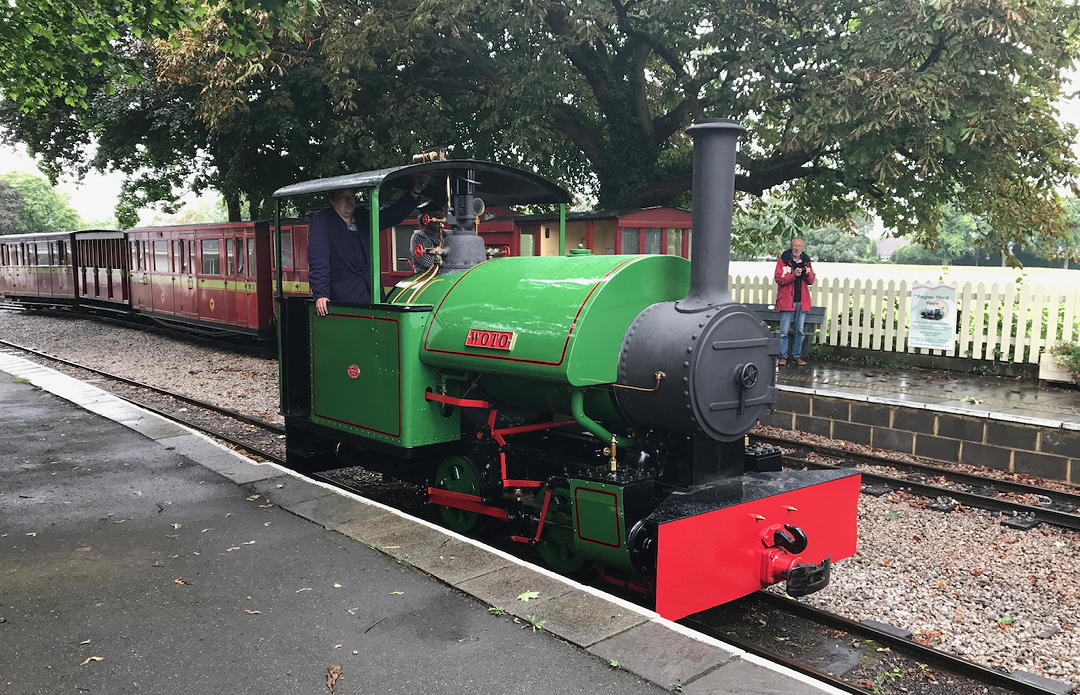
Motorised transport took over and by the 1960s the line was unused. Enthusiasts took over, relaid the track and initially ran some of the old diesel stock. Now Leighton Buzzard Railway has several steam locomotives in regular use attracting thousands of visitors each year.
It is clear from the enthusiasts' efforts in Britain and other countries that rail transport is popular. Commercial rail systems still enjoy good use, although rail travel is expensive in the UK after re-privatization (denationalization). Despite the increased use of road and air systems, rail still has a lot of life, particularly in city use: metro systems; short distance travel; and freight. That is after all how railways started with the Stockton and Darlington Railway in 1825, using George Stephenson's Locomotion. The motto of that first railway was periculum privatum utilitas publica.
Old mainline station at Nottingham (left) and new Nottingham tram-line
Graham K. Rogers teaches at the Faculty of Engineering, Mahidol University in Thailand. He wrote in the Bangkok Post, Database supplement on IT subjects. For the last seven years of Database he wrote a column on Apple and Macs. After 3 years writing a column in the Life supplement, he is now no longer associated with the Bangkok Post. He can be followed on Twitter (@extensions_th)
|









